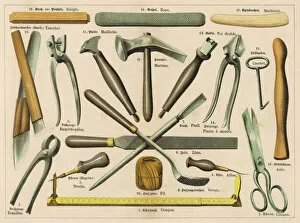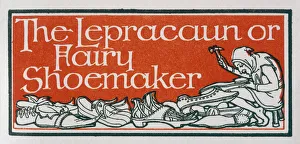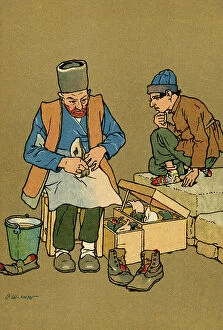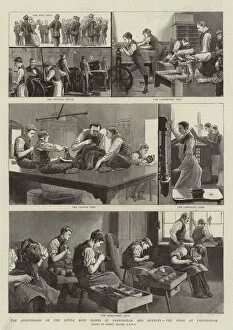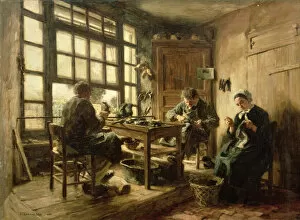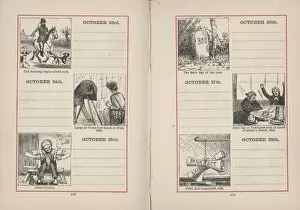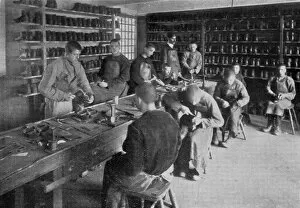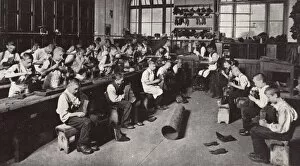Cobbling Collection
"Cobbling: A Time-Honored Craft Uniting Shoemakers and Legends" Step into the world of cobbling
All Professionally Made to Order for Quick Shipping
"Cobbling: A Time-Honored Craft Uniting Shoemakers and Legends" Step into the world of cobbling, where various shoemaking tools come to life in the hands of skilled artisans. Like an Irish Leprechaun or Fairy Shoemaker, these craftsmen weave magic through their fingertips, transforming leather into works of art. Imagine a Last and boots on a Christmas and New Year card, symbolizing the essence of tradition and craftsmanship passed down through generations. It reminds us that even in this modern age, there is beauty in preserving ancient techniques. Intriguingly, The Anniversary of the Little Boys Homes at Farningham and Swanley showcases an engraving depicting a cobbling scene. This artwork captures the significance of cobblers' role in society as providers for those less fortunate. The Wits Last Stake or The Cobling Voters and Abject Canvassers publication sheds light on how cobblers were not only skilled with their hands but also possessed wit and political influence during historical times. Traveling across continents, we discover glimpses like Remains of Bristol Castle on a house in Castle Green or Koranic school in the cobblers bazaar from La Terre Sainte by Victor Guerin. These images remind us that cobbling transcends borders, cultures, and religions – it is truly a universal craft. From Our Village's depiction of Mending by Master Keep himself to World War I-era photographs capturing women receiving lessons or working diligently in boot repairing factories along Old Kent Road – these snapshots illustrate how both men and women have contributed to this noble trade throughout history. Even institutions such as Earlswood Asylum recognized the therapeutic benefits found within cobbling. In 1904 at Reigate's asylum, patients engaged in this craft as part of their rehabilitation journey towards healing both body and mind. Lastly, let's not forget Naples' bustling streets with Cobblers at work.

